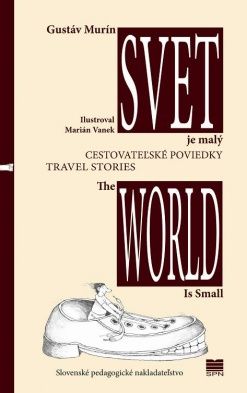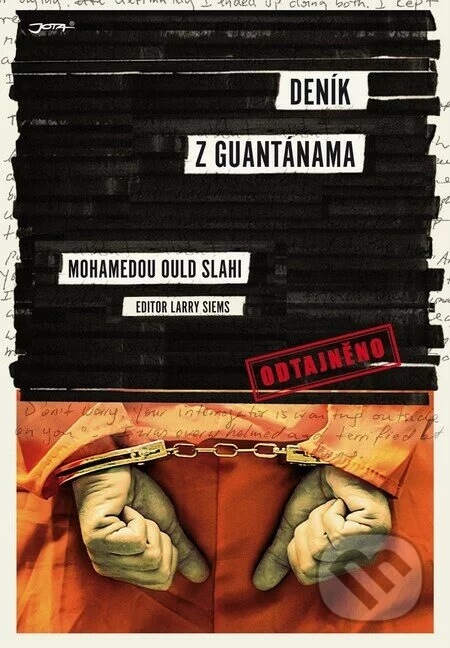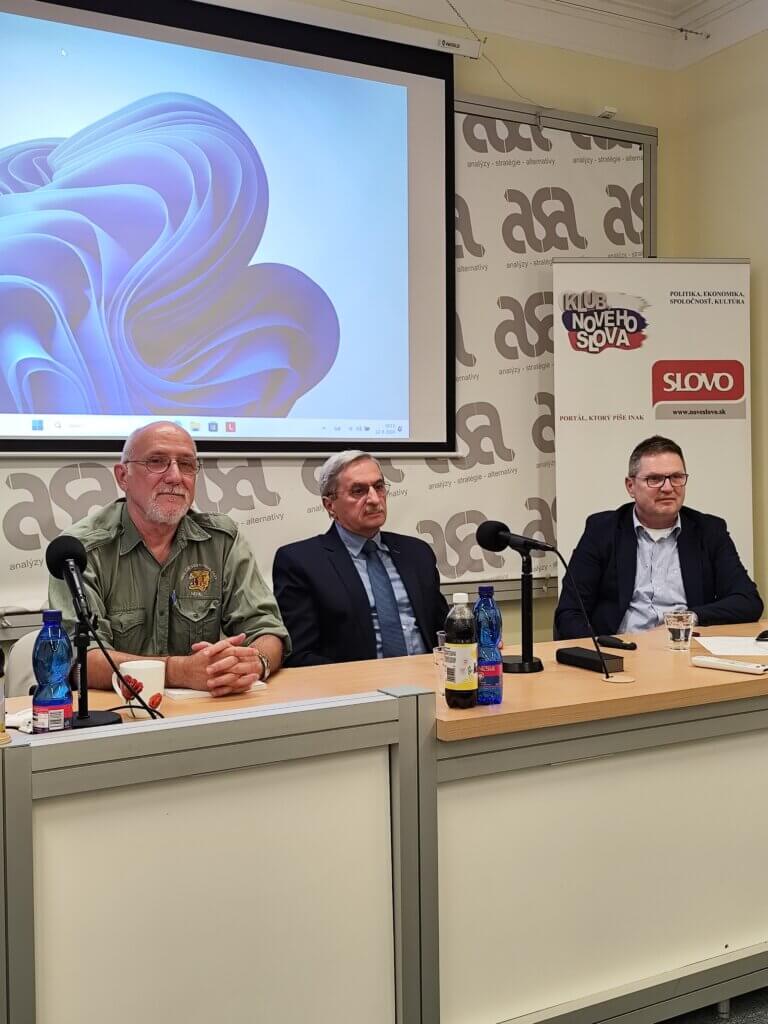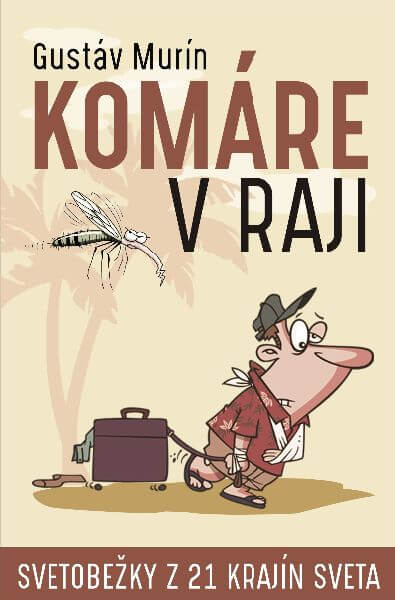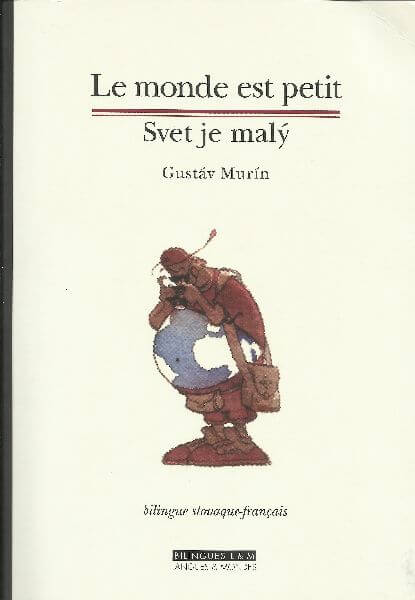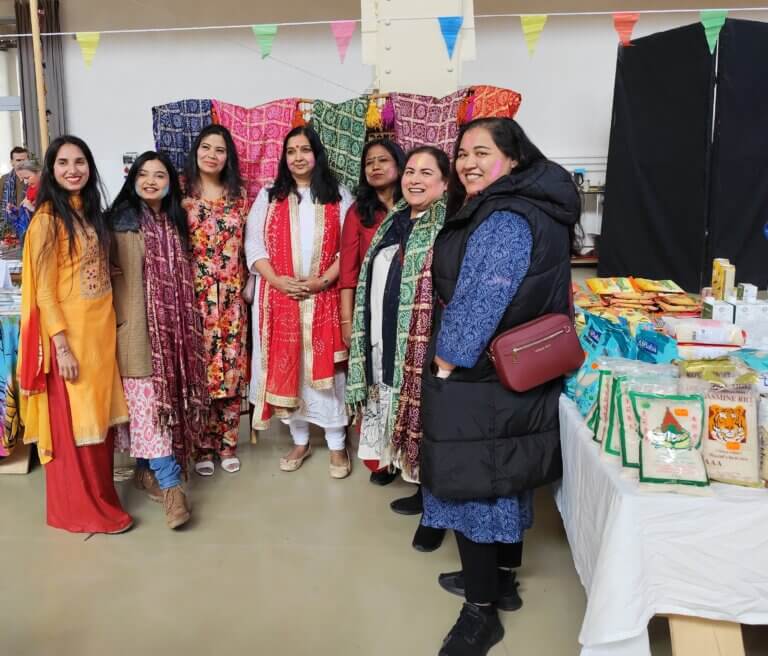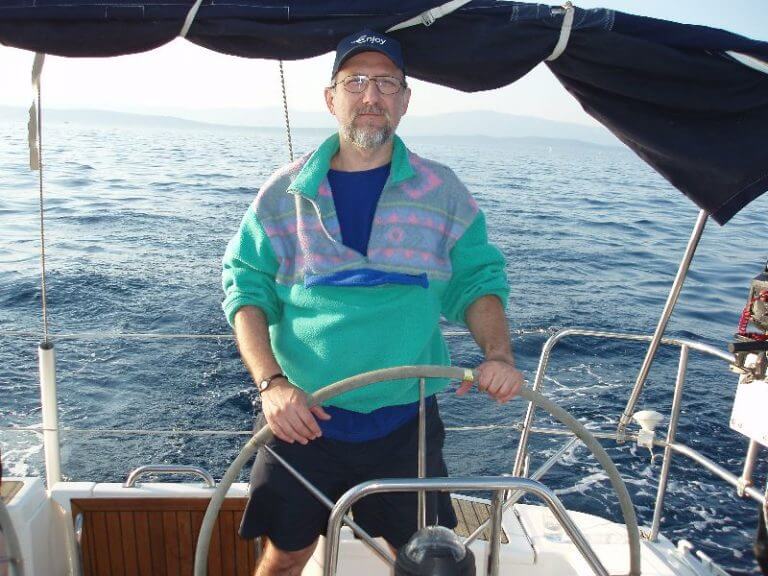Traveling you may find different local attractions. However, the real historic labyrinth you’ll find only in an Indian city Lucknow. It is really an extraordinary building. One would expect it is underground, but in fact it’s on the first floor of the mausoleum in large palace. Moreover, this labyrinth is seemingly very simple and transparent, laid out in straight lines. Its passages lead around the circumference of the palace’s main hall and offer scenic views into the hall and to the outside. The only confusing elements are the changing levels in the passages. From time to time you had to walk up a few stairs and then back down. The local guide didn’t forget to start this part of our journey with a painful joke about his predecessor getting lost here once. It underestimated our intelligence more than I could tolerate, so at the next crossover I left the group with guide on lead and turned to the nearest corridor. Alone, I felt triumphant elevation for a moment. I could hear the screaming voice of the guide dissipating into the hidden corners of the labyrinth. Finally, I could walk freely, looking into the little scenic views, try out some passages, think about my world – and got lost.
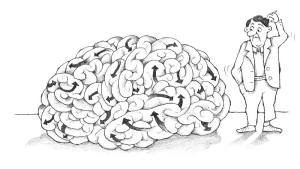
When I realized that I lost my way, I wasn’t too upset. I assumed that the labyrinth was so small that I could simply walk until I will reach an exit. But the more I walked the more I ascertained that the only way out was the way we had came in. And that had completely disappear from my mental map. I could only find the stairs up. I went on them and found an empty terrace on the top of palace. As the sun was going down, I was intrigued by the ordinary view down to the dirty yard behind the palace. In the place that wasn’t designed to impress tourists was a shantytown and mounds of garbage all around. In front of the one shabby hut stood a woman in black and around her, amid the rubbish, children played. The woman stood quietly, watching the children with the fatal look of resolve that one can find where poverty is so near, so real, and that any vision of a dignified life is obscured. The children shrieked loudly, carefree, like children all over the world do, but their game had some strange pattern. Although they seemed at first glance irresponsible, mischievous, buoyant, they were careful not to step across an imaginary circle as they jumped and ran about. Full of energy, hope and unknown self-confidence they intertwined through a network of passages without any exit like me in my labyrinth. I felt surprisingly near to them, physically intimate, as if I was one of them. I was helped by the fact that I was above them on a terrace, barefooted, just like them. You cannot enter the labyrinth with shoes on. I left my shoes and socks in front of the palace and now, up to my ankles in dust, I felt uncertain and unpleasantly naked. I was sure though that there couldn’t be another groups of tourists visiting the place at this very late evening. And our guide could hardly remember me and recognize that I am not with the group. We were such a big group of scientists of different nationalities that we didn’t know each other. I realized, unwillingly, that within the next twelve hours no one was going to miss me. For a moment I froze, feeling that for some absurd reason I would never be able to leave the Lucknow labyrinth – except when I would descend to join the woman and the children below and stay forever in the labyrinth of their poverty without any hope of escape.
I could not look for a long time down on human beings among the rubbish. They didn’t choose to enter their labyrinth as I had chosen to enter mine, for a casual adventure. Luckily, I could still get out of mine. Then, with a new resolve to find my way out, I went quickly down the stairs. Soon I heard the familiar, carefree voices and the stentorian voice of our guide and saw my group at the end of a long passage as they descended the main stairs in front of the palace. I joyously added myself to their ranks…
From a book (see in E-book form here) by Gustáv Murín: Svet je malý/The World is Small – collection of travel stories in bilingual Slovak–English edition, SPN Publ., 2012.

